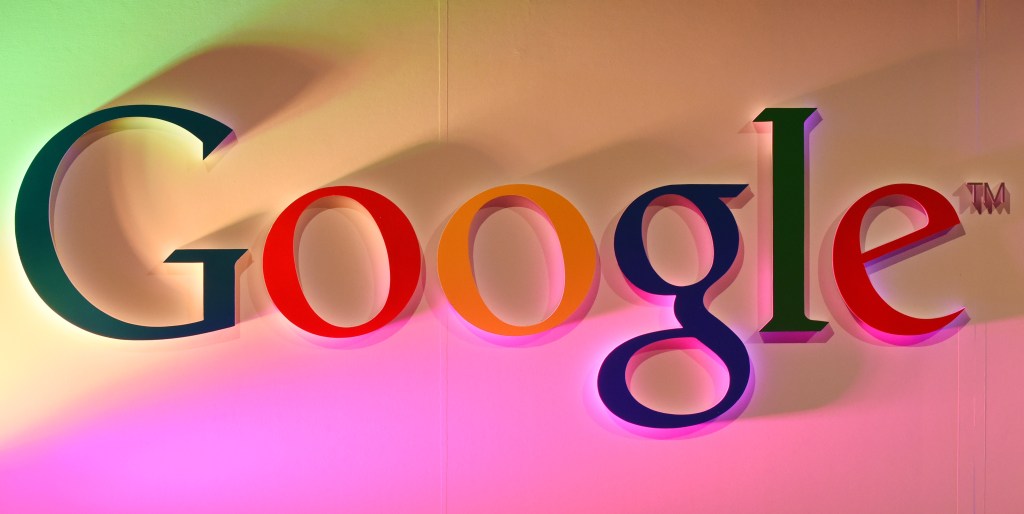Kevin Varadian
The advent of SaaS and cloud-based software services has all but obliterated the traditional sales model, but not many organizations are actually helping their sales teams adapt to this new world order.
Sales training statistics paint a grim picture. Even if business leaders know their employees need support, they often aren’t providing the right kind of support. Some organizations provide no sales training at all, and others simply miss the mark. According to one study, roughly 44% of sales representatives felt their training “needed improvement.”
How can sales leaders and other stakeholders improve how they train the modern sales force?
It’s important to recognize that today’s sales teams are more problem-solvers than deal-closers — soft skills are more important here than technical capabilities. They need to develop flexible ways of thinking and solving problems, become able to navigate ever-present uncertainty, manage time well and be resilient.
Every sales team is composed of vastly different individuals who possess distinctive soft skills, behaviors and mindsets. That’s why personalized approaches to learning and development initiatives, like one-on-one coaching, can be so transformative.
Personalized coaching programs meet sales professionals where they are to help them become better versions of themselves. To realize the power of personalized coaching, sales leaders and other stakeholders should create a coaching culture that supports sales professionals at every level of their career.
Here’s how:
Identify a sales coach
Generally speaking, there are two kinds of business coaches — external and internal. External coaches are typically certified third-party partners. Conversely, internal coaches work for the company and could be sales leaders, HR executives or other managers.
While both types of coaches can be effective, internal coaches face some barriers and must proactively:
- Commit to confidentiality: Coaches must create psychologically safe environments for employees to express concerns like professional weaknesses, interpersonal challenges and known biases. If employees fear repercussions from their coaching sessions, they won’t be honest, and the coaching won’t achieve its full potential.
- Prevent role confusion: Internal coaches could interact with employees outside of regular coaching sessions, so they must set clear expectations for how the coach-learner relationship differs from other professional relationships.
- Exercise objectivity: While internal coaches have the benefit of understanding a workplace’s cultural nuances, politics and strategy, they must avoid institutional biases and approach coaching sessions with impartiality.
Determine an employee’s vision of success
A coach should design each coaching journey based on an individual’s growth and learning goals. As such, there is a fundamental question that both coach and learner should answer: What is the reason behind this coaching program?
Because coaching stimulates a sales employee’s potential, learners themselves should evaluate their own shortcomings and determine their own vision of success. Coaches can play a role here, too. They can push employees to uncover why they chose a certain focus area and refine the process’ purpose based on the individual’s strengths, role and critical success factors, the team’s goals and the organization’s strategic plan.
Set intermediate objectives for goals
With an overarching goal in mind, coaches can evaluate where a learner currently stands versus where they aspire to be. The coach should then create a curriculum that sets targets to advance the learner toward a set of strategic objectives that lead to their ultimate goal. These mini-goals exist on a timetable alongside a system for monitoring progress.
While coaches and employees should meet regularly, keep in mind that depending on the goal, this journey could take a few weeks, months or even years.
Follow proven coaching techniques
By using a facilitated learning approach (versus an instructional approach), coaches can help salespeople uncover insights about themselves. Although the technique will vary according to the curriculum, coaches can guide learners with open-ended questions, role play and tasks that increase competencies like self-awareness, self-efficacy and accountability.
To encourage growth and hold salespeople accountable for their performance, coaches should help them:
Reflect
Coaches should push sales employees to establish greater self-awareness and, in the process, accept responsibility for their actions and performance. For instance, a coach can carve out some time when the salesperson looks back at the previous week and considers what went well, what didn’t or what could have been done differently. Answering such questions can uncover previously overlooked alternatives and help to break destructive behavior patterns.
Plan
Top sales professionals don’t just jump from one task to another — they create strategies every day. Coaches can help employees plan and prioritize their daily actions to determine which activities will have the most impact on that day.
Set goals
Sales goals can be imposing, especially when you have targets like: “Increase revenue 25% year over year” or “Boost customer retention by 10%.”
Coaches can help break down these broad goals into achievable, actionable steps. Working toward attainable goals can significantly change mindsets and bolster confidence.
Network
Sales activities include connecting the proverbial dots, but that’s challenging when employees are mired in their everyday work. A coach can help these employees zoom out. What other resources can an employee call upon? Who is already achieving this? Would they be willing to talk?
Invest in your people
Building a winning sales team requires leaders to invest in their most valuable — and most variable — asset: their people. While some businesses trust their sales teams to weather massive industry, work and societal changes on their own, forward-thinking leaders are equipping their employees with the tools they need to thrive as individuals and teams amid ever-present change.






























Comment